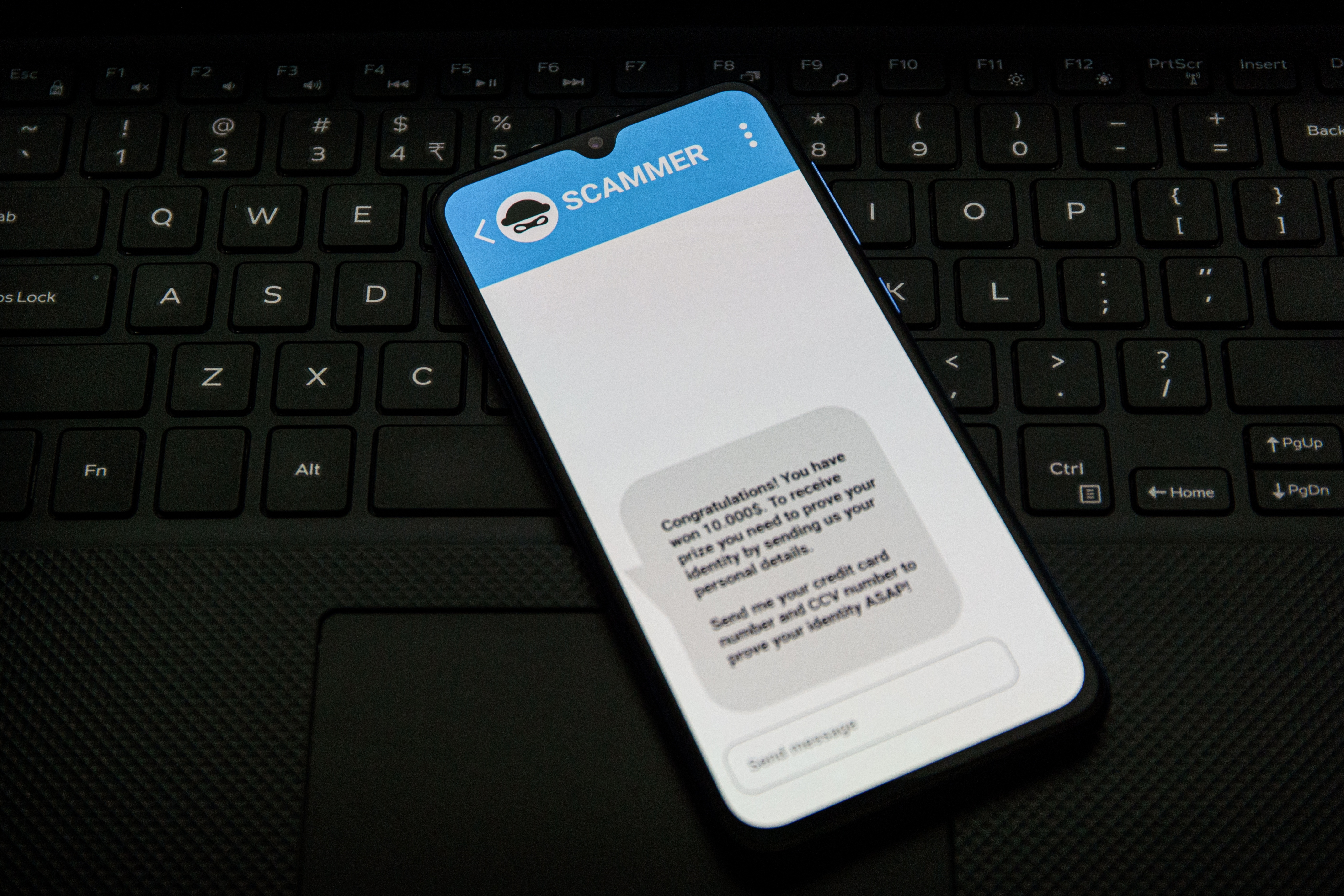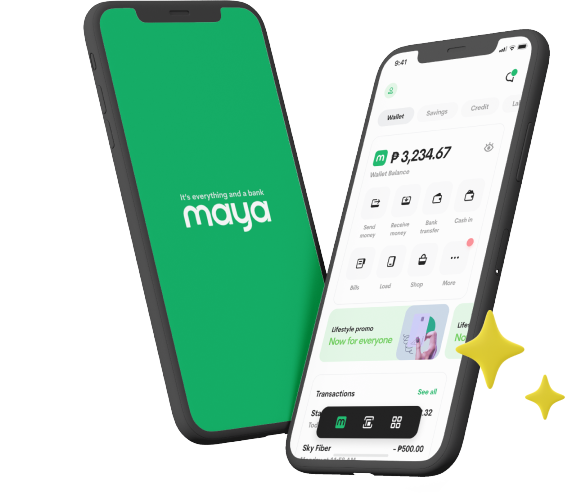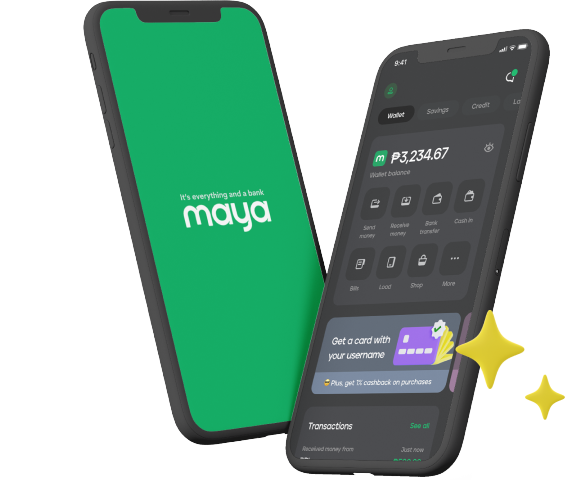Choosing between a prepaid or postpaid mobile plan isn't just about cost—it’s also about convenience, your specific communication needs, and your overall lifestyle. Whether you rely on calls and texts to stay connected with friends and family or you primarily use mobile data for browsing and social media, understanding the key differences between these options is essential to getting the best value for your money while ensuring you have the services you need.
The choice ultimately comes down to personal preference. Many Filipinos opt for prepaid plans due to their affordability and the wide range of load promos available across different networks. On the other hand, some may prefer the convenience and consistency of a fixed monthly postpaid plan, which may also offer exclusive perks on the side. To help you determine which option best fits your needs, here are some key factors to consider:
1. Budget and Spending Control
When choosing between prepaid or postpaid, your foremost concern will most likely be their costs. Prepaid gives you more freedom to control your load expenses since you can just buy load whenever you need it. Meanwhile, a postpaid plan comes with a fixed monthly bill, though often with added perks along with the call, SMS, and data credits.
If you’re someone who prefers full spending control and doesn't mind some unpredictability when budgeting for mobile usage, then prepaid is much more suitable for you. Meanwhile, if you’d rather have fixed costs that you simply have to pay each month, then a postpaid plan can give you that hands-off approach.
2. Usage Habits and Practical Needs
Asking yourself, “How often do I make calls or send text messages?” can also be helpful in determining whether to choose prepaid or postpaid. For those with light or normal usage patterns, prepaid usually works best as loading can just be done when necessary. On the other hand, postpaid works better for heavy users, particularly those who primarily use their phone for business or work.
However, that doesn’t mean that prepaid users get less value out of their load. The key here is to take advantage of promos for your specific network to get more bang for your buck. Fortunately, the Maya app already lists top load promos available for your network, making it easy to sign up for a call, SMS, or data promo without having to text a corresponding promo code to your provider, just like who it was used to be done years ago.
3. Availability of Promos and Rewards
As mentioned, it’s because of the promos and rewards that the prepaid option usually shines. There is a wide variety of prepaid offers, letting you mix and match inclusions depending on your needs. For instance, if you make frequent calls yet don’t usually send text messages, then you can simply prioritize promos that offer unlimited calls to all networks when choosing a promo. Meanwhile, for those who also want mobile data, choosing a prepaid plan that includes generous data allocations alongside call and text benefits would be the smarter option. On top of that, you can also save more through limited deals. Buying load using Maya, in particular, offers great value for your money by way of occasional discounts and cashbacks. You can then allocate those savings to your other expenses.
Another great perk of buying load through Maya is the significant boost it gives to your Maya Savings interest rate. From a base interest rate of 3.5% p.a., it can be boosted all the way up to 15% if you use your Maya Wallet to complete everyday transactions, including buying load, paying bills, scanning to pay a QR Ph code, and paying with Maya online. This allows you to grow your savings much faster and makes spending on essentials a much more rewarding experience.
Meanwhile, postpaid plans typically have exclusive rewards such as device bundles, free streaming subscriptions, and other such benefits added to the plan. Overall, if you prefer taking advantage of network promos and cashback rewards, then prepaid will give you the savings you’re looking for. Meanwhile, choose postpaid if you prefer having exclusive perks on top of your plan.
4. Network Signal & Coverage
Dual SIM phones are now the norm among mobile users, allowing them to switch easily between networks depending on their needs. Prepaid usually lends itself better to this setup, as you can just buy load depending on which network you’re currently using. A postpaid plan, on the other hand, is limited to one network only.
If you prefer the flexibility of switching between networks anytime, then choose prepaid. If you’re sure that your specific network is the fastest and most reliable in your area, however, then postpaid will work just as well.
5. Commitment and Convenience
One of the major differences between prepaid and postpaid is that the latter usually comes with a one- or two-year lock-in period, especially if the postpaid plan came with a phone as part of a device bundle perk. Thus, if you want to cancel your postpaid plan early for any reason, you can expect to pay penalty fees. Meanwhile, prepaid’s pay-as-you-go approach doesn’t tie you to a contract. E-wallets such as Maya have also made it hassle-free to buy load whenever, wherever. All you need to do is tap the Load option on your Maya app, enter the phone number of your intended load recipient, and choose the load denomination or promo you want to buy. Maya’s loading feature caters to all major telecom providers in the Philippines, so no need to go to a specific loading kiosk or download different network apps just to load multiple networks.
At the end of the day, the choice depends on your lifestyle, budget, and personal preferences. People who value flexibility and savings will find that prepaid is the ideal choice, while postpaid will likely work better for those who prefer the predictability of monthly payments or may be in need of a phone bundle. By going over the considerations discussed above, you can certainly find which one suits your specific situation best.
You might also like
These Stories on Maya





